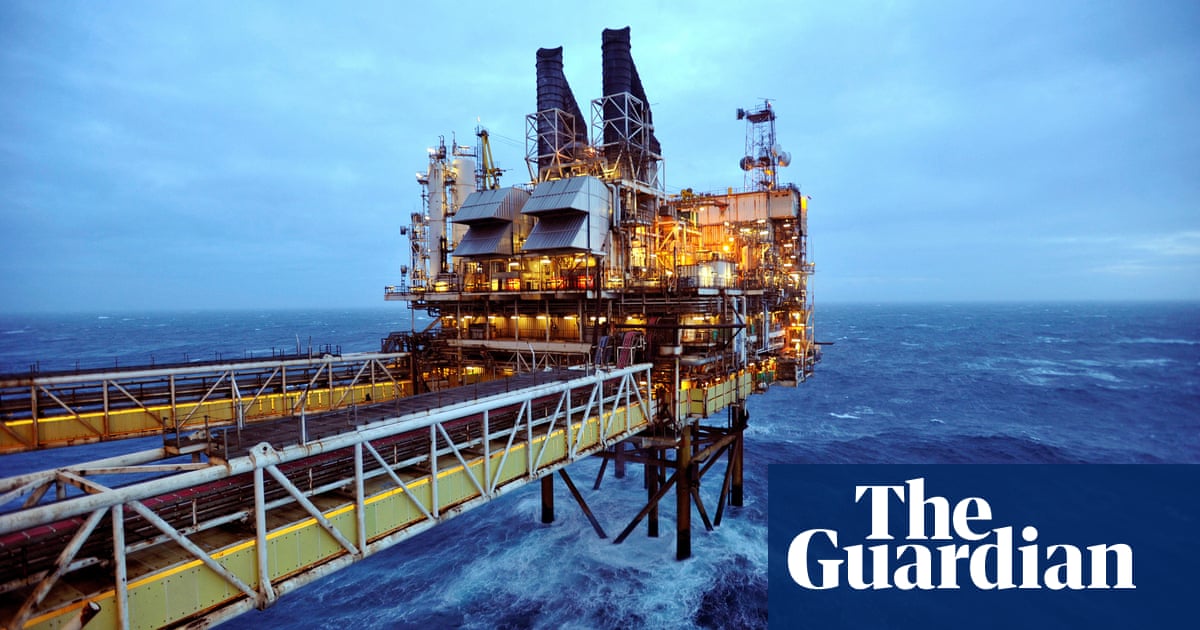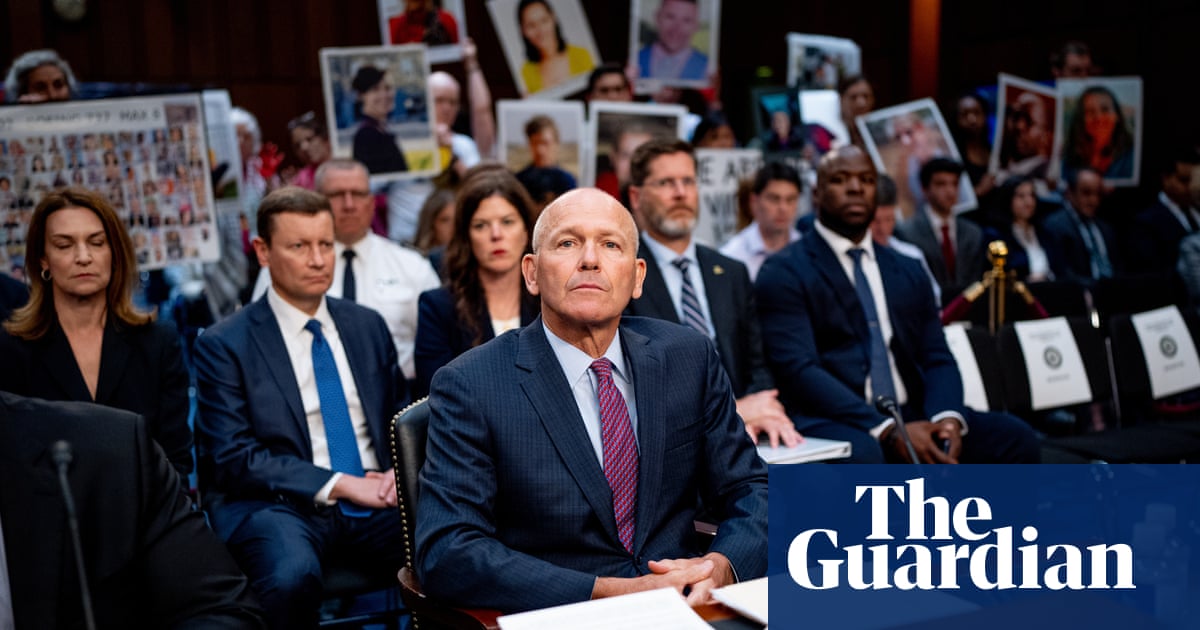Monday marked four decades since late New Orleans furniture magnate Aaron Mintz heard a jury declare him not guilty of fatally shooting his wife in their bed, and his family is no closer to reaching a consensus on whether their patriarch was truly innocent.
Aaron and Palma âPamâ Mintzâs two children have neither forgotten nor forgiven the tabloid, media circus treatment to which their family was subjected after Pam Mintzâs death in 1984. One prominent voice in their community deemed the case âthe trial of the centuryâ, although it came a full decade before OJ Simpson was acquitted in the murders of Nicole Brown Simpson and Ronald Goldman. So the Mintzesâ son, Bruce, and daughter, Karen, declined to reflect on the legacy of their motherâs violent death or their fatherâs acquittal, one of the most infamous in the lengthy history of New Orleansâs criminal justice system.
Yet sources with direct knowledge of their familyâs thinking explained how a collective rush to judgment among authorities, neighbors and the news media â as they see it â robbed those closest to Aaron and Pam Mintz of approaching anything resembling the truth about whether their marriage ended in murder (as police posited) or a suicide (as Aaron Mintz, who died in 2003, always maintained).
âThe pain has not faded with time â at all,â said one of the sources, who agreed to speak with the Guardian in hopes that the Mintz familyâs experience reinforces lessons about the need for thorough official investigations and restraint from those chronicling high-profile trials.
Countless hours of therapy aimed at treating post-traumatic stress â and at preserving marriages strained in the caseâs chaotic aftermath â were some of the lighter costs paid by those dealing with the loss of one parent and the public suspicion of another.
âFor anyone who cares, words hurt,â the unnamed source said. âFor a long time.â
âEasy way to dieâ
Those who say Aaron Mintz was a murderer rooted their theory in well-plod tropes. As they told it, upon being confronted about carrying on an extramarital affair, the wealthy businessman grabbed his wifeâs .380-caliber Mauser pistol, fired it through a foam pillow meant to act as a silencer, and shot her in the head, killing her.
The speculation is that he then wiped the pistol clean, put the gun in Pam Mintzâs grasp, tried to hide the pillow in another bedroom nearby and falsely reported that his wife â a former fashion model â had died by suicide in their bed. Police maintained that his ruse fell apart when they found the bullet-pierced, bloodstained pillow haphazardly placed behind another, and prosecutors obtained an indictment charging Aaron Mintz with murder within days of Pam Mintzâs death.
Television news cameras captured video of Aaron being led into a courtroom in handcuffs after the indictment, and it was at that moment many in the city concluded he had murdered his wife, as noted in a 1984 New Orleans Magazine article, which provides an exhaustive account of the case.
Nonetheless, with the help of his deep pockets, locally renowned criminal defense attorney Mike Fawer, and a cast of his own nationally eminent forensic expert witnesses, Aaron Mintz mounted a furious counterattack to the stateâs allegations against him.
They presented evidence that Pam Mintz was being heavily medicated to treat chronic stomach pains and depression, exacerbated by a long-held awareness of her husbandâs affair. Fawer established that, late in her life, she had gone to a pharmacist, and declared: âI am never without pain,â and asked if there was âan easy way to dieâ.
Citing what a former coroner had once said to him, the pharmacist told Pam Mintz the easiest way to die by oneâs own hand was a self-inflicted bullet wound to the head. The coroner shot himself to death three days after their exchange, according to the pharmacist. Pam Mintz, meanwhile, died two weeks after her conversation with the pharmacist.
Fawer ultimately suggested that Pam had shot a hole through the pillow at the center of the case outside her home before taking her own life. Then, the defense maintained, she placed it near her in the moments prior to turning the gun on herself to incriminate Aaron Mintz in a final act of resentment.
Aaron Mintz later told a jury that he moved the pillow into the other room after finding his wife â and before reporting her death â because âI just didnât want to see itâ.
âI donât know what I was thinking,â Mintz would later testify with respect to an act that authorities pointed to as indicative of a guilty conscience. âI donât know what I was doing.â
âGround up in the systemâ
Which of the accounts triumphed in court largely came down to the forensic evidence authorities had collected â or failed to gather.
Fawer established over seven days of testimony at his clientâs trial just months after the killing that police did not find any gunshot residue on Aaron Mintz after testing him for the presence of it. Though the prosecution argued that Mintz simply could have washed it off his hands before police arrived, investigators altogether failed to test Pam Mintz for the presence of gunshot residue, leaving a jury of six men and six women to wonder whether that was a tactical decision to strengthen the case for the suicide theory.
Another of the more substantial flaws with the stateâs case involved investigatorsâ failure to find any foam particles in Pam Mintzâs head wound or around her corpse. The prosecutionâs theory â that Aaron Mintz shot his wife through a pillow meant to silence the sound â meant foam particles should have been found on or near her, but they werenât.
Despite the investigationâs shortcomings, some of Aaron Mintzâs surviving relatives to this day recall vividly and bristle at how during the trial a newscaster said on air: âAaron Mintz is still trying to pass off his wifeâs death as a suicide.â
They also remain disgusted by how another of the stationâs late personalities â usually revered for his straightforward, hard-hitting delivery of the news â surprised many viewers by suddenly dubbing the action in court âthe trial of the centuryâ.
Aaron Mintzâs family members directly attribute that sensationalism to the anonymous calls they would receive while at the home where Pam Mintz died that, to them, embodied many localsâ prejudgment. âOne caller kept asking Karen how she could [be] in the house where her father killed her mother,â the 1984 New Orleans Magazine article recounted.
The trialâs final night, 1 July 1984, has become anthological within some quarters of New Orleansâ legal community. Expecting lengthy jury deliberations, Fawer and his entourage headed to a leisurely dinner after closing arguments. But the jury rendered its verdict in less than five hours, forcing Fawer to make a hasty return to the courthouse.
Aaron Mintz purportedly gasped âson of a bitchâ, when the jury foreman announced the acquittal. As the 2019 podcast Combat in the Courtroom put it, Fawer maybe overate, overdrank or both â and he stumbled into the judgeâs chamber to vomit all over his dress shirt.
He trashed the shirt, threw on a suit jacket over his bare chest, and faced the news media outside the courthouse to discuss a verdict that, for him, proved to be career-defining.
With his chest hair gleaming under his blazer, Fawer said to journalists gathered there that Aaron Mintz âwas indicted before any ⦠investigationâ.
âI do not know where the steamroller came from,â Fawer added. âI think he just got sort of ground up in the system.â
One juror told the local newspaper that the tide turned in favor of Aaron definitively when a member of the panel âraised the possibility that Palma Mintz fired a bullet into a pillow outside the house to make it look like her husband had killed herâ.
Nearby, another juror declared: âThe state didnât really prove their case to me â at all.â
Aaron Mintz offered his thoughts later at a post-trial news conference, saying: âMore forethought shouldâve been given to the handling of the case.
âI think I shouldâve been given the benefit of our system â that I was presumed innocent until proven guilty â rather than, at this trial, [us] having to prove my innocence.â
âHurts to this dayâ
Reclined on a couch in the backroom of his house recently, Fawer fields the same questions that heâs gotten about the Mintz case in the decades since.
The New York native would never say he is 100% certain his client was innocent. But he is certain there was always more evidence to support his clientâs defense than the stateâs allegations against him, which would have sent him away to prison for the rest of his life if proven.
Fawer acknowledges the Mintz case led to other high-profile work. Another of his famous cases was that of Curtis Kyles, who was tried five times for the same murder. One of the trials resulted in a conviction and death sentence that the US supreme court overturned because prosecutors withheld evidence â the other four ended in hung juries, with Fawer representing Kyles in three of those deadlocks.
Yet Fawer said it is easy for him to avoid becoming arrogant about some of the successes he recorded in the courtroom.
He alluded to how the jury foreman in the Mintz case, Glenn Boquet, served in the same role for the fifth and final Kyles trial in 1998. Mintz believed Boquetâs involvement could only help his client given the outcome of the Mintz case.
But he realized how wrong he was after, in a book about Kylesâ journey through the legal system, he read about how much Boquet despised the way Fawer conducted his business â the expensive suits he preferred to wear in court, the Bronx accent in which he spoke, and the theatrical way he made his arguments.
âFuck Fawerâ was how Boquet summarized his feelings for the attorney in an interview cited by the author of the Kyles book, Jed Horne. And, as Horne writes in Desire Street, Boquet said he tried to convince his fellow jurors to convinct both Mintz and Kyles â only to relent when he couldnât persuade them.
âShows what I know,â Fawer said, ruefully.
He said he had met relatively recently with the Mintzesâ children, who were in their 20s at the time of the trial. They described seeking a sense of closure. Fawer said he was unsure whether he had helped them achieve it.
Family sources say Fawerâs uncertainty was well-founded.
They know juries are instructed to acquit if thereâs any reasonable doubt about a defendantâs guilt. But at least one member of Aaron Mintzâs remaining close family believes the acquittal morally made little difference.
âYou wonât hear me say that Aaron was framed,â that source said. âWhatever happened, he is morally and ethically responsible.â
Another family member thinks that Pam Mintz has sole responsibility for her death if she indeed died by suicide, even if her husband behaved unethically and immorally.
âWhen people decide to do stupid things, itâs their decision,â that source said of Pam Mintz.
The sources note how Aaron Mintz in 1996 was fined $15,000 for pleading guilty to a federal racketeering charge after being accused of obtaining a license to operate video poker machines and using it to help mobsters conceal money.
He ended up marrying â and divorcing â the woman with whom he was engaged in an affair at the time his childrenâs mother died. His 2003 obituary, written by his son, doesnât mention her. Her 2013 obituary doesnât mention the Mintz patriarch.
Sources said Aaron Mintzâs second marriage was not the only one in the family which later failed at least partially under the weight of Pam Mintzâs death and the subsequent spectacle. Some of the struggles with depression and other ailments were, in essence, passed down to the next generation, who used therapy and other tools to battle them as best they could.
The sources said Aaron Mintzâs relatives cannot help but conclude that the polarized opinions between them about the meaning of their ordeal four decades earlier has at least something to do with how the truth behind their trauma took a backseat to narratives in service of other agendas â while media consumers seeking their next fix basically enabled them.
âThat ⦠can change the course of a personâs life,â one of the Mintz family sources said. âThe hurt ⦠felt then was palpable, and it hurts to this day.â









